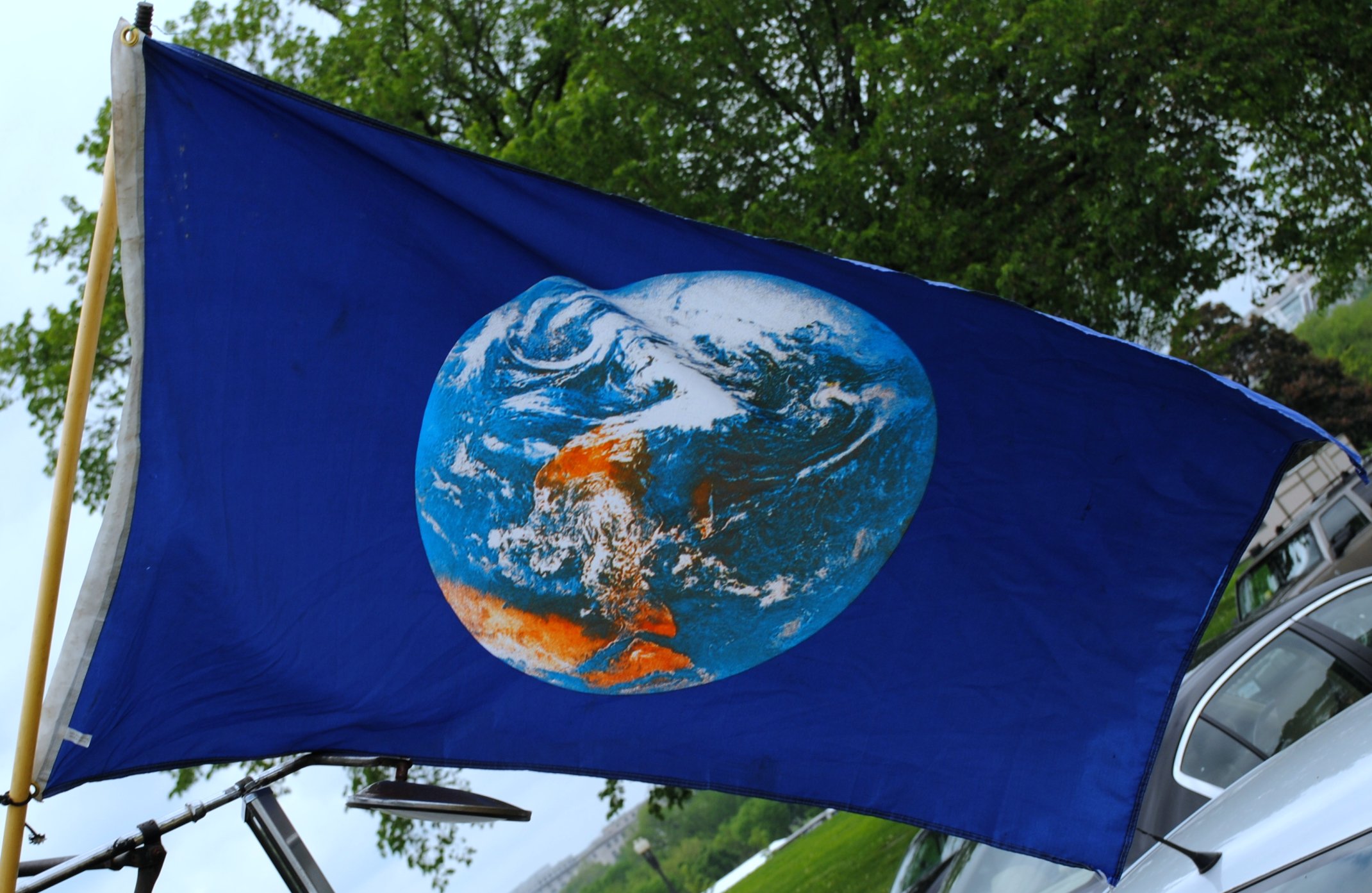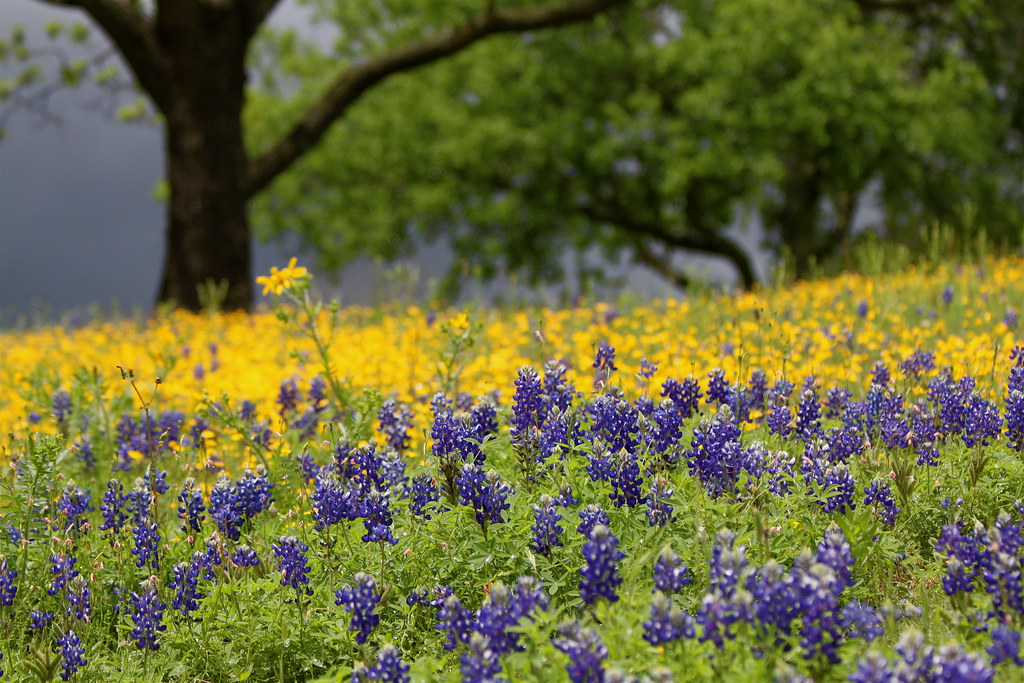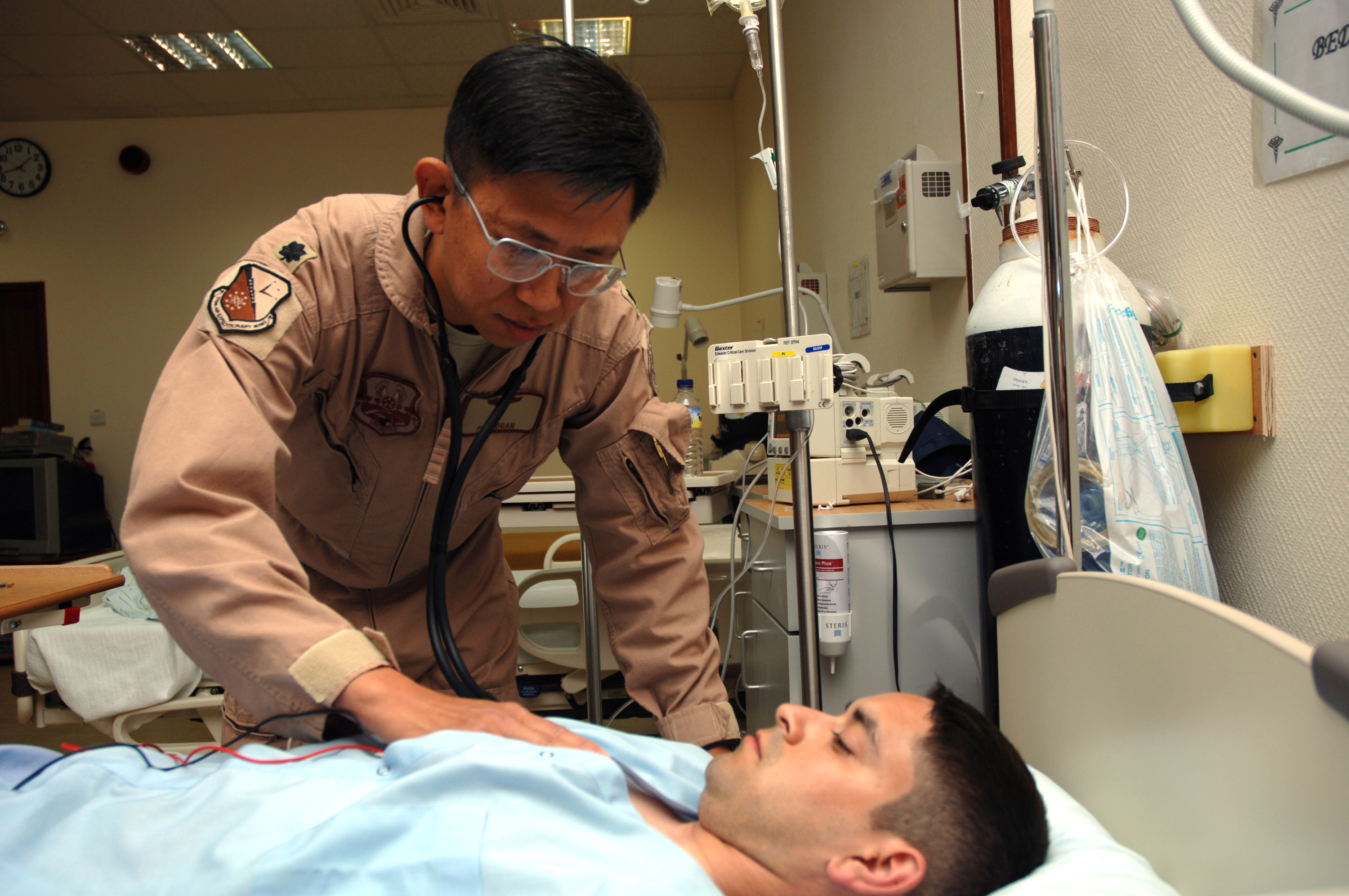by Steven Beardsley
 |
| The Charles Darwin Research Center |
In December I had the opportunity to visit the Galapagos Islands. In Santa Cruz I got to visit the famous
Darwin Center that is completely funded through donations from people around the world. The following are about 4 different projects conducted by the center alone, aimed at fostering environmental education as well as conservation efforts on the island.
Restoring Mangrove Finch Population
 |
| Information on the Magrove Finch Recovery Project |
On the Galapagos Islands the first thing you notice are the glut of finches that are in the cities and airports. Unlike pigeons, these finches are magnificent and come in a variety of shapes and sizes. Many probably remember that these finches were what inspired Darwin’s
theory of adaptation as each finch had a different shaped beak that allowed them to only eat certain things. While I was at the station I learned about a project to restore the
Mangrove Finch population. The project focuses on protecting the finches from other birds and invasive species that try to eat the finches’ eggs.
 |
| The Galapagos Verde 2050 Project with Information on Groasis |
Galapagos Verde 2050
As the name suggests, this project aims to restore the degraded ecosystems of the Galapagos to benefit both the animals and people living here. The project does this “through the use of the Groasis Technology” (Galapagos Verde 2050). I looked up what the project meant by “Groasis Technology,” which apparently means technology that helps plants survive in arid environments where there is little rainfall. Check out this site with a
video and info graphic to learn more.
 |
| Vegetation present on the Islands |
Restoring “Los Gemelos”
“Los Gemelos” translates directly to “
The Twins,” but refers to an area in Santa Cruz where two magma chambers were formed from volcanic activity. This particular area is important because it is home to a forested area dominated by a specific species of tree called giant daisy-tree or
Scalesia pedunculata. As one can imagine, this species of trees is endangered by invasive species such as blackberry plants. According to the “Restoring Los Gemelos” project, the focus is to "restore the 100 hectares of remaining
Scalesia” (Restoring Los Gemelos).
 |
| With Galapagos Turtles at the Breeding Center on Santa Cruz Island |
Galapagos Turtle Restoration Initiative
The final project that learned about that is common throughout the islands is the Galapagos Turtle Restoration Initiative. I will talk more about the Galapagos turtles and sad history of their exploitation in another post, but in general there are at least one turtle breeding center on each of the populated islands: Santa Cruz, San Cristobal, Floreana, and Isabella. Santa Cruz with the Charles Darwin Research Center has two breeding centers. Long term goals of this project include: “Restoring tortoise populations to historical numbers, including those considered 'extinct in the wild,' through a combination of in situ management, breeding and rearing tortoises where appropriate, and repopulation of Santa Fe Island, where the endemic tortoise species is extinct, through the use of an analog (closely-related) species" (
Giant Tortoise Restoration Initiative).
 |
Standing with a bust of Charles Darwin |
In addition to these conservancy projects, the center provides educational videos and exhibits on the history of Darwin’s voyage on the
Beagle,the volcanic formation of the islands, and various examples of skeletal structures of the animals. The station also has a library that I, unfortunately, did not get to visit because it only opened on Monday and Wednesday at certain hours.
Additional Resources on Conservancy Projects on the Islands:
Galapagos Verde 2050
Galapagos Tortoise Restoration
Steven Beardsley is a graduate of Hamline University. He worked for the Center for Global Environmental Education throughout his four years. Steven is now teaching English in Ecuador and periodically posting about his travels while there.


























